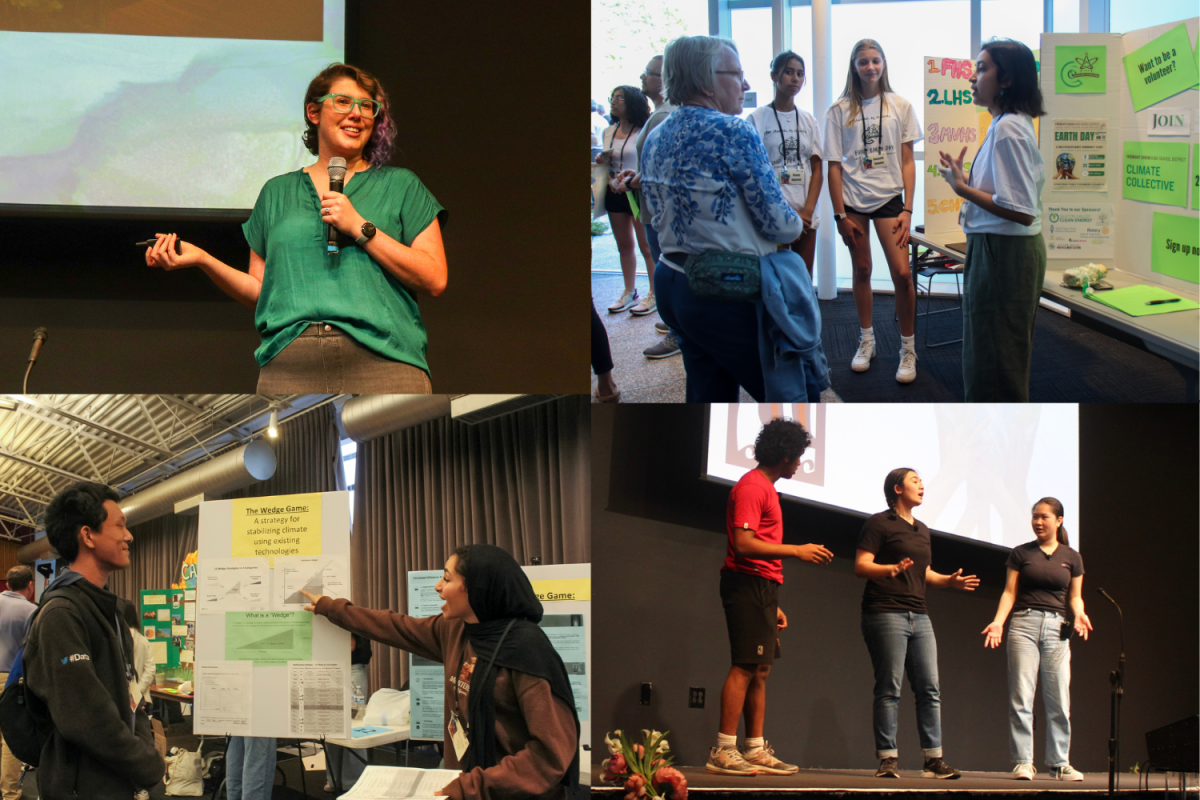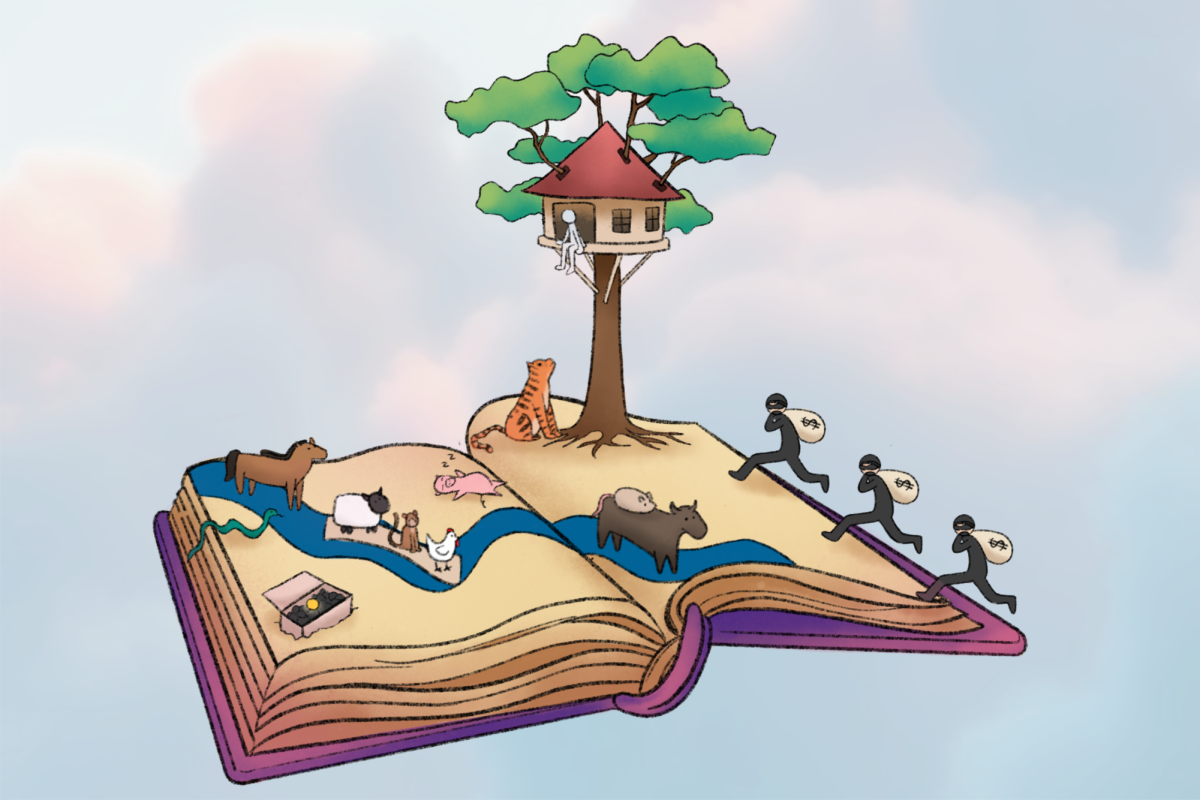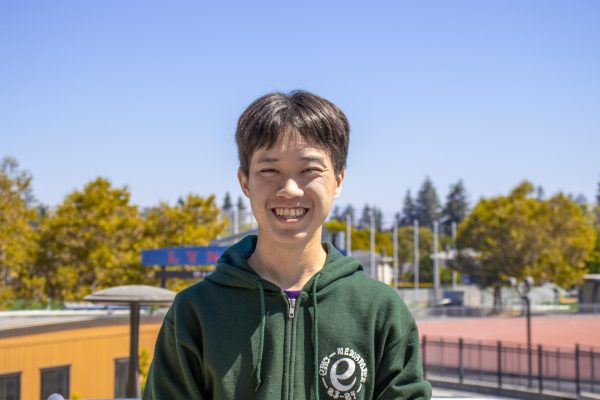FUHSD hosted its first district-wide Earth Day fair at the Computer History Museum in Mountain View from 5-8 p.m. on April 11, showcasing booths focused on different environmental and sustainability issues presented by student organizations, students and district teachers. The event was organized by the FUHSD Climate Collective and students and staff across the district with the purpose of promoting sustainability and celebrating Earth Day. Guest speakers, such as District 17 representative Ro Khanna, spoke both virtually and in-person, where they discussed the different aspects and importance of environmental sustainability.
“The point of the event was to build publicity so more people will get involved,” said Andrew Goldenkranz, a biology and AP Environmental Science teacher at Cupertino High School. “It was also to recruit kids from all grade levels to join the Climate Collective to have a pipeline of leadership, because in a school district the adults stick around for a while but kids come and go.”
The event kicked off with an opportunity hour at 5 p.m., a time when students showed off climate conscious projects and environmental companies spoke about future careers and prospects in the industry. Clubs such as the Lynbrook Interact Club sold charms made out of recycled plastic, while companies like QuitCarbon encouraged guests to switch from gas to electric power in their homes.
“Sponsors help fund our initiative,” said Elisa Floyd, the FUHSD Climate Collective student lead and a Homestead High School senior. “They aren’t involved in the planning process, but they help us to tackle the issue of climate literacy and creating positive climate impacts.”
During the seated program at 6 p.m., Monta Vista High School students and emcees junior Lemon Liu and senior Amy Zhang began the ceremony by introducing the staff, guests and groups that would be presenting. The Monta Vista choir was the first group to present, singing “The Famine Song,” a song inspired by the Sudanese famine. While singing, the choir presented a slideshow that explored topics ranging from the definition of famines to how famines are gaining prevalence due to the changing climate, demonstrating examples from the past.
Connecting through Zoom from Washington D.C., Khanna praised the efforts of high school students in combating climate change. Lynbrook Drama then presented a comical skit that highlighted the dangers of rare metal harvesting through the lens of a criminal gang. Finally, National Geographic oceanographer Katlin Bowman, conservation scientist Rachel Engstrand and Symbiote.co co-founder Bill Gray discussed their jobs’ role in the fight against climate change.
“The guest speakers from National Geographic were contacted by the Collective’s teachers,” district superintendent Graham Clark said. “The board members contacted Ro Khanna because he is our congressman and we’ve seen him speak at different events before.”
The final portion of the event commenced at 6:45 p.m., in which students and teachers gathered at their booths to educate onlookers on their own efforts to combat climate change and discuss a variety of topics from oil spills to recyclability of plastics.
“There is a dark narrative around the climate situation,” Gray said. “I think it’s true that there’s some difficult issues out there, but the important thing for me is helping people see that there are real things that can be done to move the needle and to create positive futures.”
Earth Day festivals were first hosted individually in 2023 at each of the five high schools in the district. Last year, Lynbrook’s Earth Day festival was organized by Conservation Action Association, and featured similar speakers and booths. During the summer of 2023, to make further progress toward sustainability, FUHSD Superintendent Graham Clark instituted the FUHSD Climate Collective, uniting all five school festivals. The district decided to unite all FUHSD Earth Day festivals to attract a higher attendance rate and draw more attention to environmental issues, choosing the Computer History Museum for its large size and affordability.
“The primary point was to bring together the whole district,” junior and CAA officer Daphne Zhu said. “And I think it reached a lot more people. While having it at individual schools can be more accessible, I think the collaborative effort was really great and it showed that we should work together as a district to improve sustainability.”








































































